Neuroanatomy in Clinical Context An Atlas of Structures Sections Systems, and Syndromes 9th Edition
| Publisher |
Lippincott Williams & Wilkins |
|---|---|
| Language |
English |
| Edition |
9th |
| Format |
Publisher PDF |
| ISBN 10 |
1451186258 |
| ISBN 13 |
978-1451186253 |
- Best Price Guaranteed
- Best Version Available
- Free Pre‑Purchase Consultation
- Immediate Access After Purchase
$24.00
Neuroanatomy in Clinical Context An Atlas of Structures Sections Systems, and Syndromes 9th Edition
The Ninth Edition of Neuroanatomy in Clinical Context, authored by Duane E. Haines PhD, presents a comprehensive resource for students seeking to acquire a deep understanding of the anatomy of the central nervous system within a clinical context.
The book offers clear and concise explanations, complemented by a plethora of MRI, CT, MRA, and MRV images, as well as a rich collection of full-color photographs and illustrations. Furthermore, the inclusion of hundreds of review questions and supplementary online resources enhances the learning experience, providing students with a solid foundation in anatomy that supports the integration of neurobiological and clinical concepts.
By emphasizing the clinical application of neuroanatomy, this atlas ensures that students are well-prepared for examinations and clinical rotations, thereby bridging the gap between theory and practice.
The authoritative approach adopted in this edition, coupled with key features such as full-color stained sections, extensive cross-referencing of cranial nerves, and coverage of systems neurobiology, upholds the legacy of this groundbreaking educational resource as the premier neuroanatomy atlas.
Noteworthy additions to this edition serve to elucidate neuroanatomy and systems neurobiology, thereby enhancing student success in their coursework. For instance, the inclusion of a new chapter on Herniation Syndromes sheds light on the intricate relationship between brain injury and resulting deficits.
Moreover, clinical information is seamlessly integrated throughout the text, highlighted in blue for easy reference on each page.
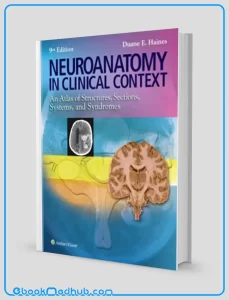
Neuroanatomy in Clinical Context An Atlas of Structures Sections Systems, and Syndromes 9th Edition
Enhanced clinical images in this edition have been meticulously curated to emphasize clarity and detail, with full-color images replacing many previously in black and white, higher-resolution brain scans, and reprocessed images of the spinal cord and brainstem.
The integration of MRIs alongside full-color anatomical illustrations enables readers to visualize structures in both their natural appearance and as depicted in imaging studies. Additionally, unique full-color illustrations juxtapose clinical images of typical lesions with corresponding deficits, aiding in the comprehension of neurological disorders.
Facilitating the identification of anatomical features, full-color stained sections are strategically placed throughout the text.
Furthermore, pathway drawings overlaid on MRIs serve to establish connections between the structure and function of neural pathways, providing a comprehensive understanding of the intricate workings of the central nervous system.
In conclusion, the Ninth Edition of Neuroanatomy in Clinical Context continues to set the standard for neuroanatomy atlases, offering students a robust foundation in the field and preparing them for success in both academic examinations and real-world clinical scenarios.

Neuroanatomy in Clinical Context An Atlas of Structures Sections Systems, and Syndromes 9th Edition
Key Features
Neuroanatomy in Clinical Context An Atlas of Structures, Sections Systems and Syndromes 9th Edition is distinguished by several key features that significantly enhance its value and utility for learners. Firstly, the textbook places a strong emphasis on clinical relevance, effectively integrating neuroanatomy with practical clinical applications.
This integration ensures that students develop a comprehensive understanding of the central nervous system within a clinical context, thereby bridging the gap between theoretical knowledge and real-world practice.
Moreover, the inclusion of a wide array of rich visual content further enriches the learning experience by providing learners with abundant MRI, CT, MRA, and MRV images, as well as full-color photographs and illustrations. These visual representations not only aid in the visualization of anatomical structures but also depict various clinical scenarios, thereby reinforcing learning through a multi-dimensional approach.
Furthermore, Neuroanatomy in Clinical Context An Atlas of Structures, Sections Systems and Syndromes 9th Edition offers a valuable resource for self-assessment and knowledge reinforcement through the inclusion of hundreds of review questions.
These questions allow students to gauge their understanding of key concepts and test their knowledge in a structured manner.
Additionally, the availability of supplemental online resources complements the text by providing learners with access to additional materials and support, thereby facilitating a more enriched and comprehensive learning experience.
One of the notable additions to this edition is a dedicated chapter on Herniation Syndromes, which explores the intricate relationship between brain injury and resulting deficits.
This chapter provides valuable insights into clinical scenarios, further enhancing the practical relevance of the textbook. Moreover, the seamless integration of clinical information throughout the text, visually highlighted in blue for easy identification, serves to underscore the practical applications of neuroanatomy in clinical settings.
Another standout feature of the atlas is the inclusion of enhanced clinical images that prioritize clarity and detail. These full-color images, which replace many previously presented in black and white, offer readers a more vivid and informative visual representation of anatomical structures.
Additionally, the integration of MRIs alongside full-color anatomical illustrations allows readers to correlate structures with their appearances in imaging studies, thereby facilitating a deeper understanding of neuroanatomy.
Moreover, the presence of full-color stained sections within the textbook aids in the easy identification of anatomical features, thereby facilitating comprehension and retention of key information.
Lastly, the inclusion of dozens of pathway drawings superimposed over MRIs serves to connect the structure with the function of neural pathways, providing learners with a more in-depth understanding of neuroanatomy.
In conclusion, the key features of Neuroanatomy in Clinical Context An Atlas of Structures, Sections Systems and Syndromes 9th Edition collectively contribute to creating a comprehensive, visually engaging, and clinically relevant resource for students and practitioners in the field of neuroanatomy.

Neuroanatomy in Clinical Context An Atlas of Structures Sections Systems, and Syndromes 9th Edition
This website offers ( Neuroanatomy in Clinical Context An Atlas of Structures Sections Systems, and Syndromes 9th Edition ) with just a few clicks.
The website strives to provide you with simple access to the medical field as well as readily available information that you can download.
You can download all of the books at a reasonable price and get the most recent scientific data in the world of medicine anytime you want at ebookmedhub.com.
Other Products :
Natural Products and their Bioactives in Antidiabetic Drug Discovery (Original PDF from Publisher)
Nevos Tumores Neviformes y Sindromes Nevicos (Spanish Edition) (High Quality Image PDF)



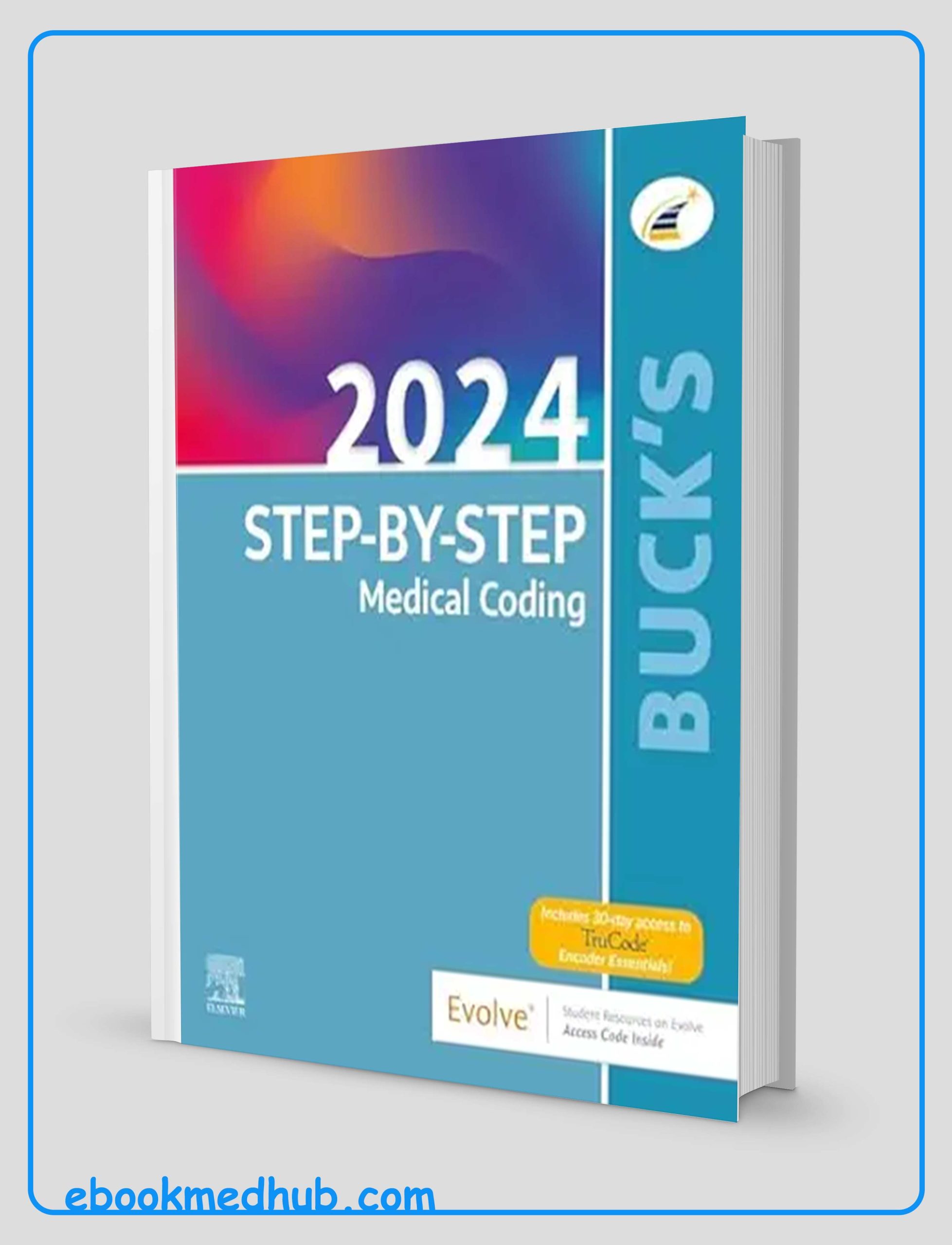
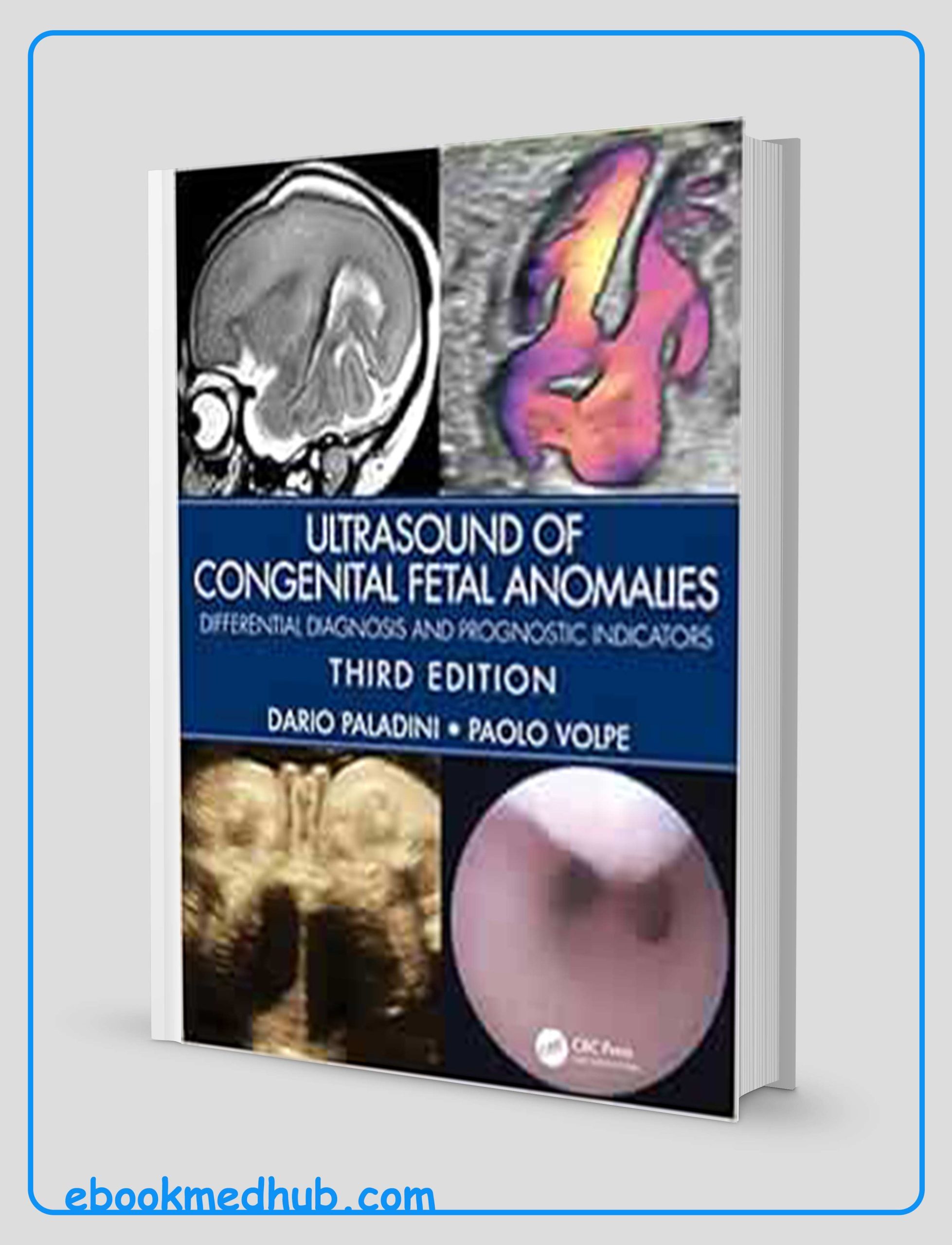




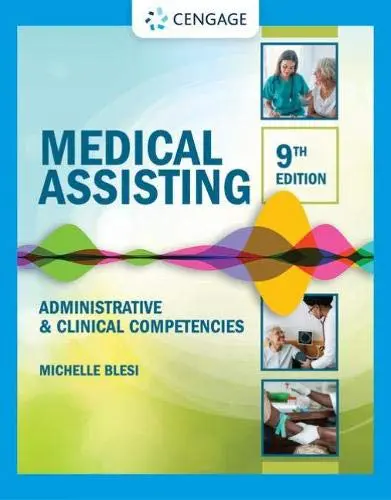










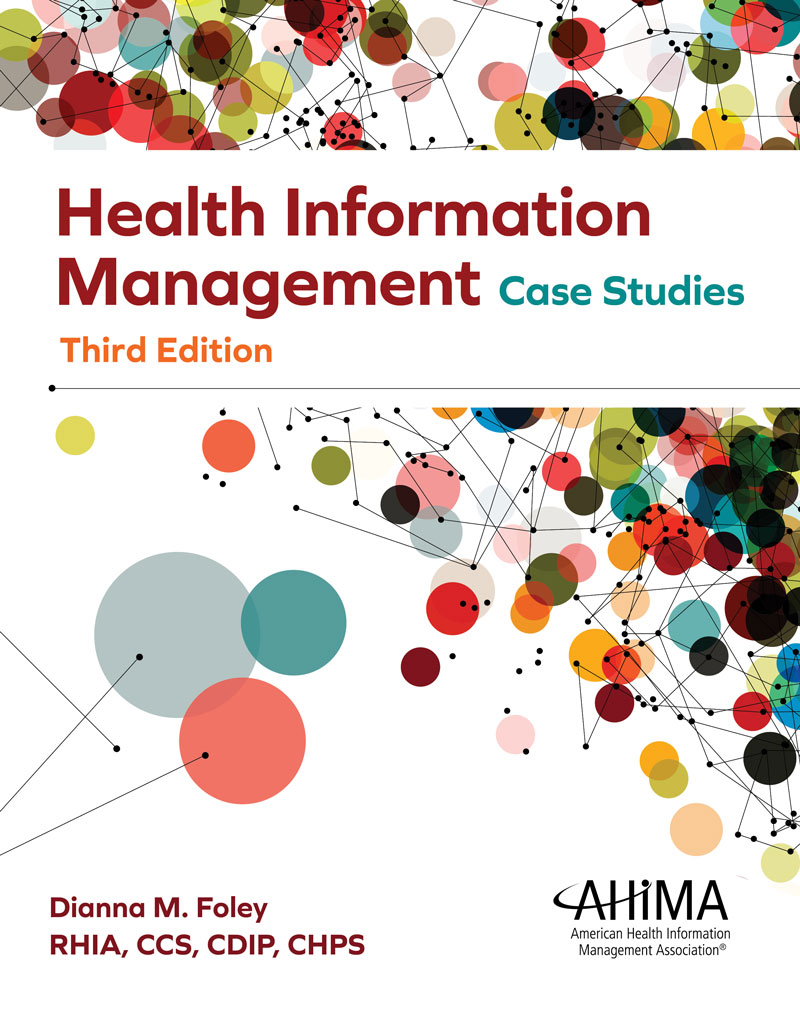

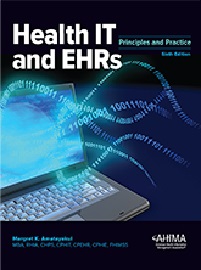

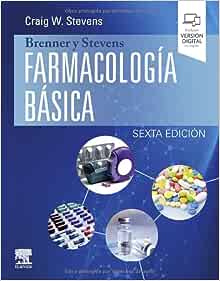
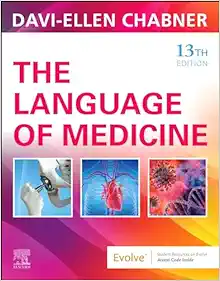


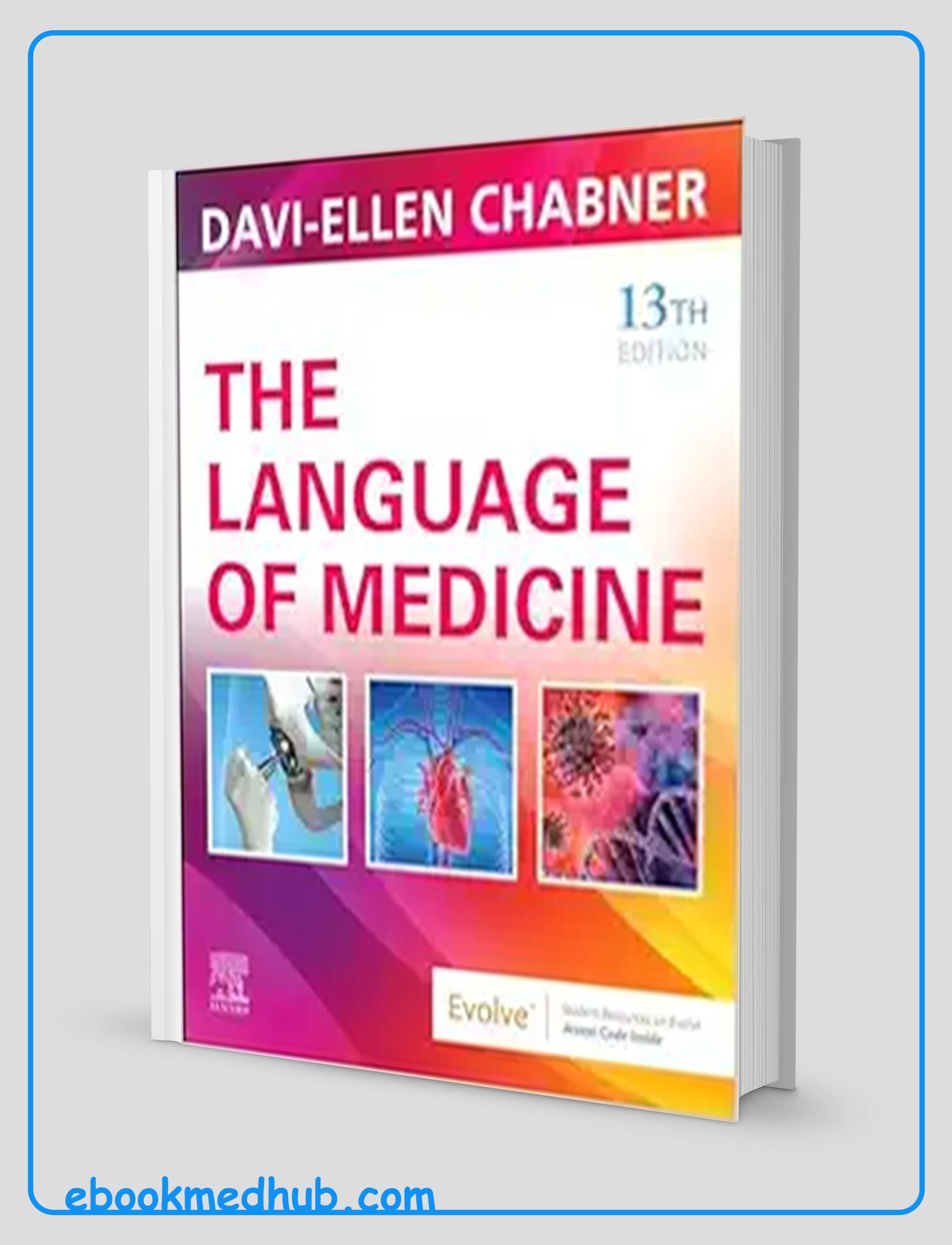

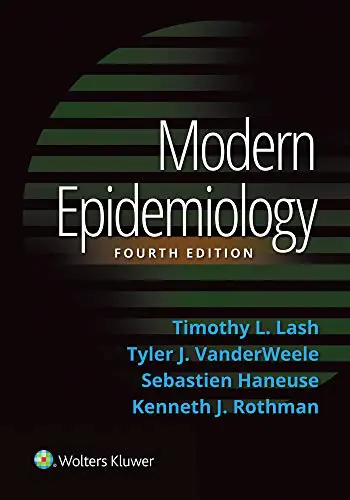




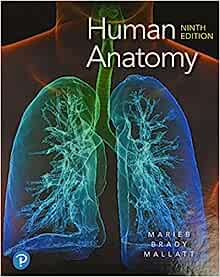
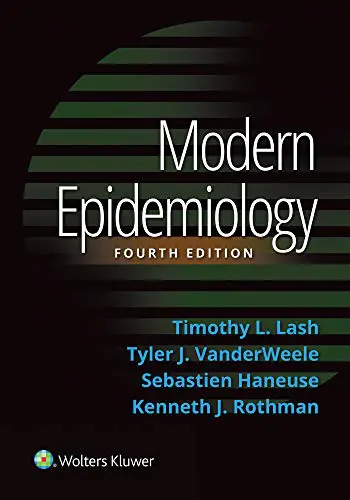
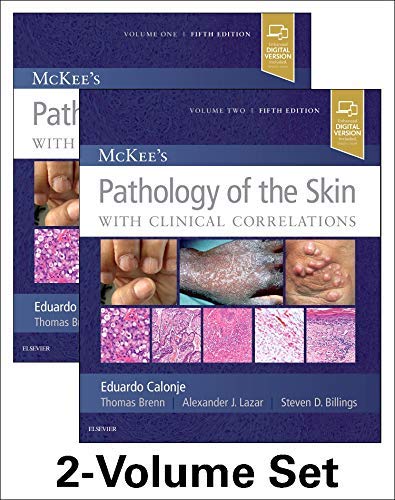
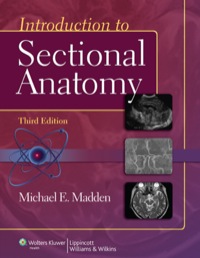


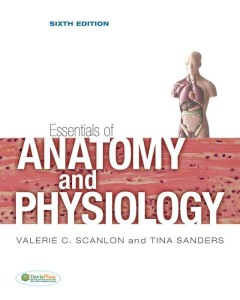

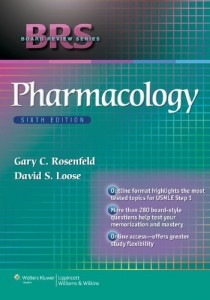

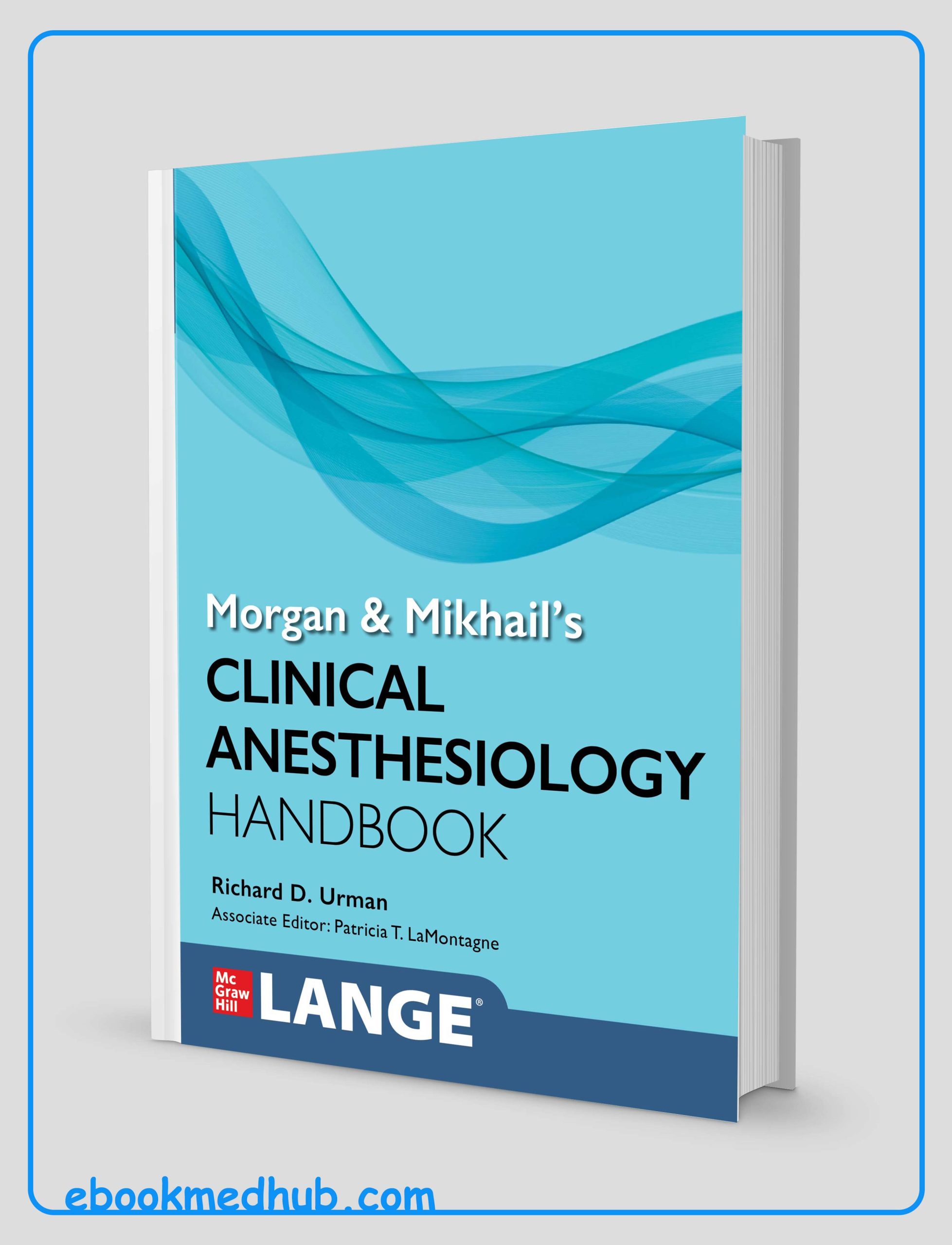
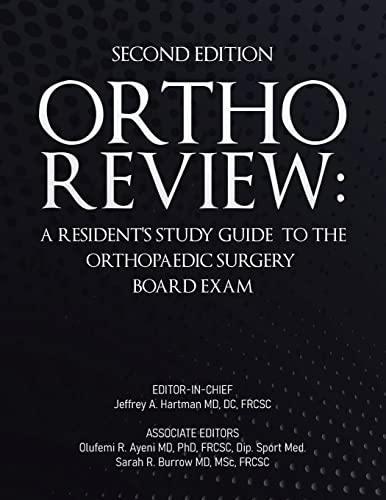
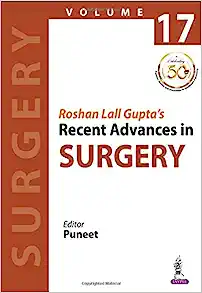
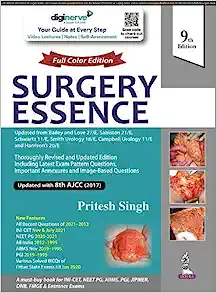
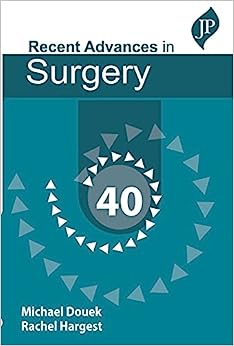
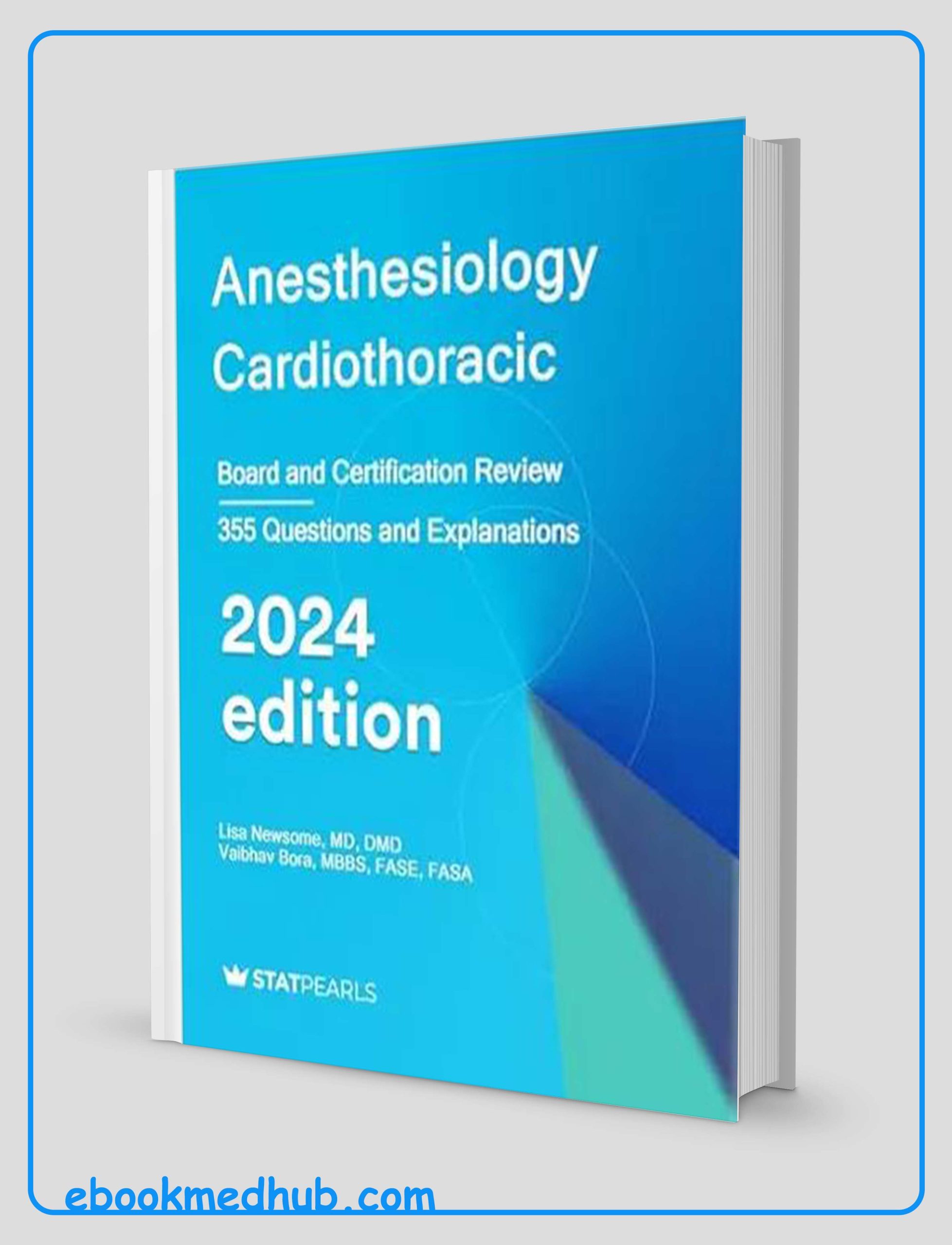
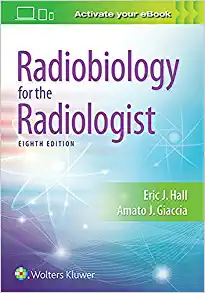


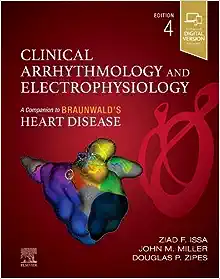

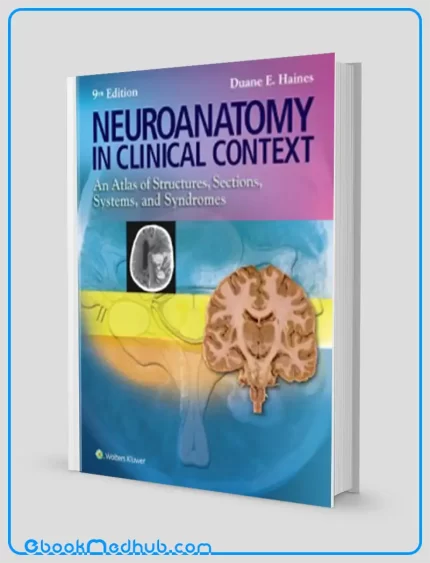
Reviews
There are no reviews yet.